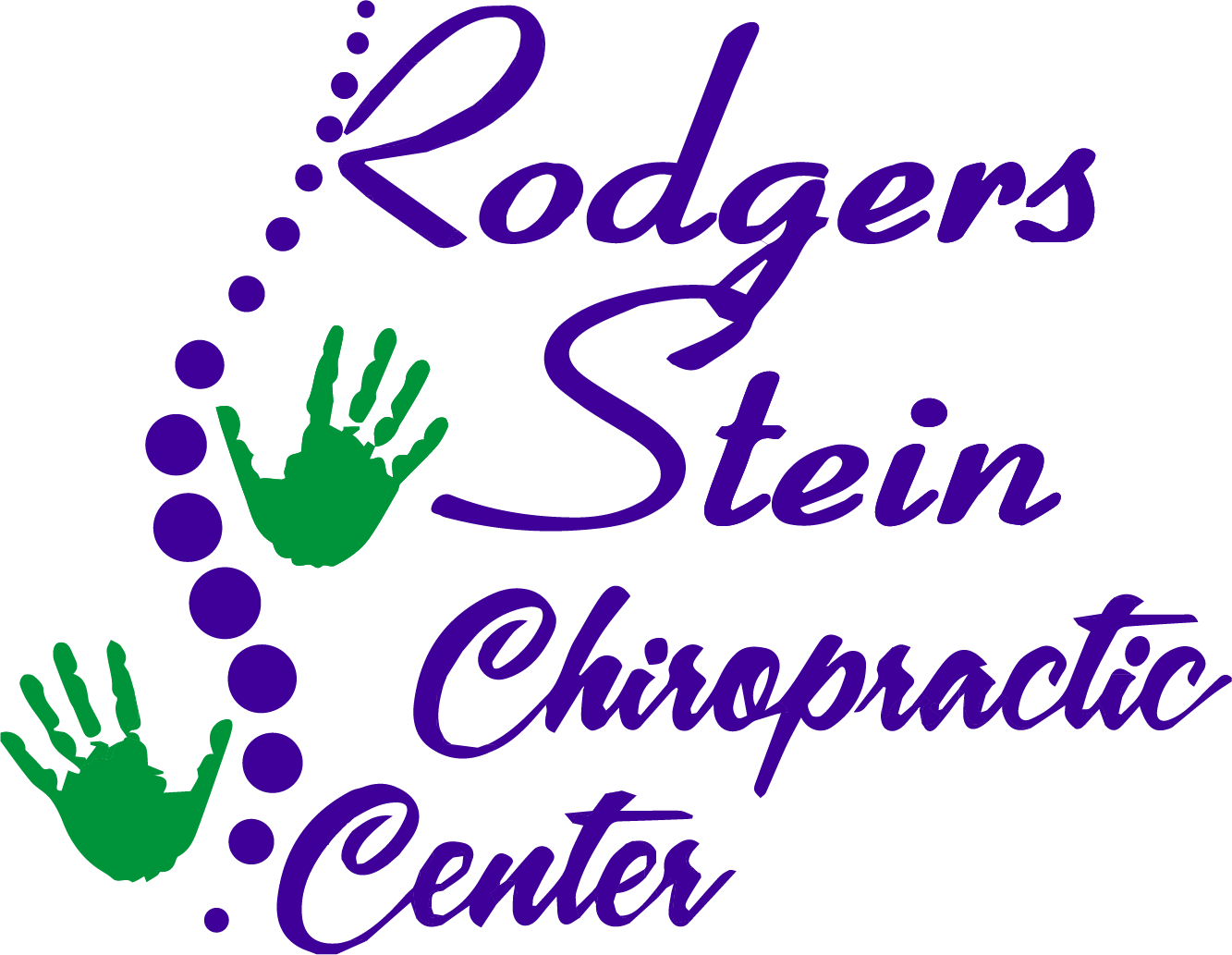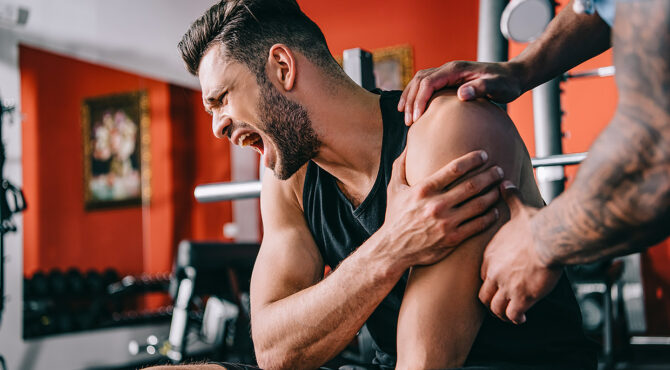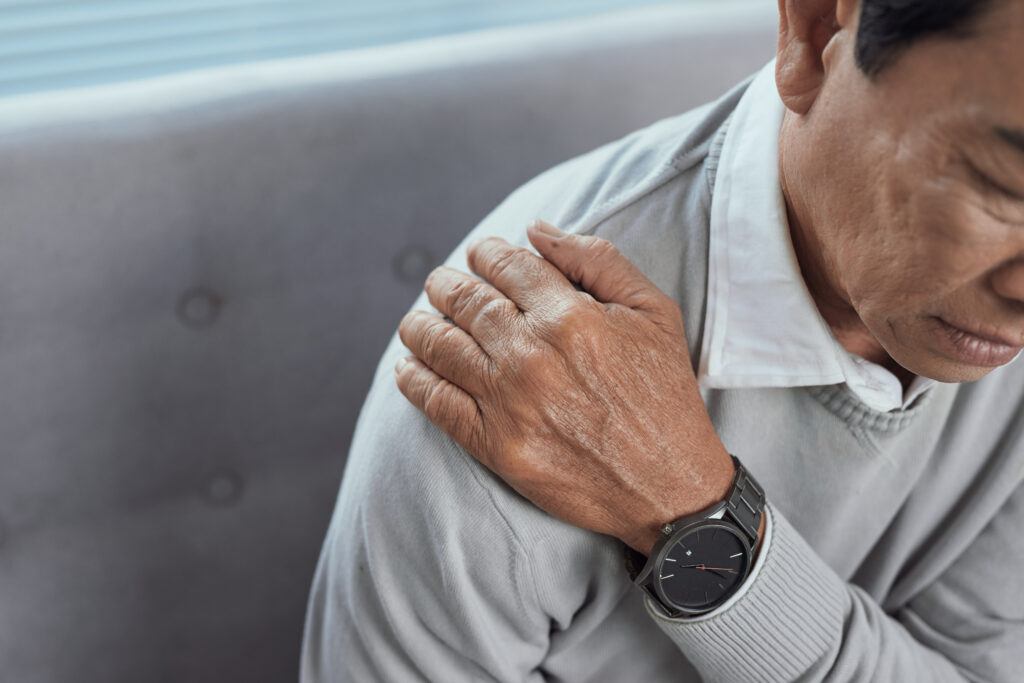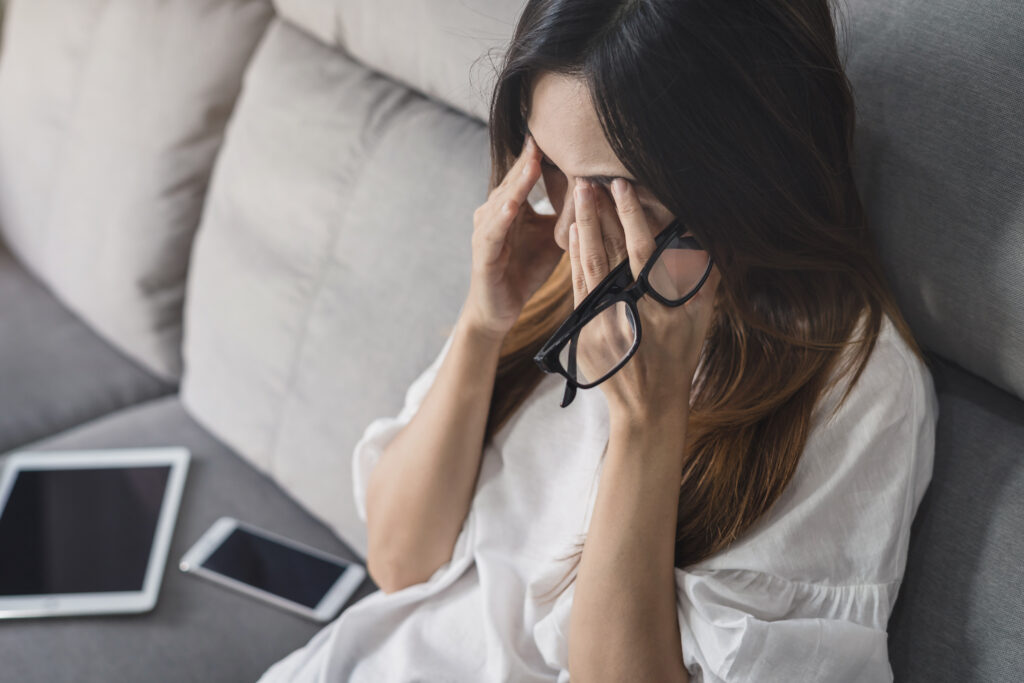If you're struggling with lower back pain, you're not alone, and understanding the range of solutions available can be pivotal. From simple lifestyle changes to targeted exercises and alternative therapies, various approaches can help manage your discomfort. It's crucial to evaluate what might work best for you, whether that involves ergonomic adjustments at your workstation or exploring physical therapy options. But the real question is, what combination of strategies can lead you to significant relief and improved back health?
Understanding Lower Back Pain
What causes lower back pain, and how can you recognize it? Lower back pain can stem from various sources, including muscle strain, ligament sprains, herniated discs, or degenerative conditions like arthritis. You might experience pain after lifting something heavy or spending long hours sitting. If you've recently changed your routine, such as starting a new workout, that could also trigger discomfort.
Symptoms of lower back pain can vary. You might notice a dull ache or a sharp, stabbing sensation. Sometimes, pain radiates down your legs, indicating nerve involvement. If you're feeling stiffness, it might be challenging to bend or twist your back without discomfort. Recognizing these signs helps you understand whether you need to seek professional help or try self-care methods.
In addition to pain, keep an eye out for other symptoms like numbness or tingling in your legs, which can suggest that the pain might be linked to nerve compression. If your pain persists for more than a few weeks or worsens over time, it's important to consult a healthcare provider. They can help you identify the root cause of your pain and recommend appropriate treatments.
Understanding the nature and origin of your lower back pain is vital. Knowing what's causing it can guide your next steps, whether that's rest, physical therapy, or other interventions. The sooner you recognize and address the issue, the better your chances are of finding relief.
Lifestyle Modifications
To effectively relieve lower back pain, you should consider making some lifestyle modifications.
Setting up an ergonomic workstation and incorporating a regular exercise routine can greatly impact your comfort and overall health.
Let's explore how these changes can help you feel better and prevent future discomfort.
Ergonomic Workstation Setup
Setting up an ergonomic workstation is essential for preventing and alleviating lower back pain. Start by adjusting your chair so that your feet rest flat on the floor, with your knees at a 90-degree angle. If your chair doesn't provide adequate support, consider using a lumbar roll to maintain the natural curve of your spine.
Position your computer monitor at eye level, about an arm's length away. This helps avoid slouching or straining your neck. Keep your keyboard and mouse close enough to your body that you can use them without reaching excessively. Your elbows should remain at a 90-degree angle as you type.
Don't forget about your desk height; it should allow your forearms to be parallel to the floor. If your desk is too high or low, it can lead to poor posture.
Finally, take regular breaks to stand up, stretch, and walk around. This keeps your muscles engaged and helps prevent stiffness. By making these adjustments, you're not just improving your comfort—you're also taking a significant step in managing and reducing lower back pain effectively.
Regular Exercise Routine
Incorporating a regular exercise routine is essential for managing lower back pain effectively. Engaging in physical activity strengthens your core, improves flexibility, and enhances overall stability, which can alleviate discomfort.
Start by incorporating low-impact exercises like walking, swimming, or cycling into your weekly schedule. Aim for at least 30 minutes of activity on most days.
Focus on strengthening your abdominal and back muscles through targeted exercises. Planks, bridges, and pelvic tilts can prove particularly beneficial.
Stretching exercises, such as yoga or Pilates, can also help improve your flexibility and posture, reducing strain on your back.
It's important to listen to your body. If an exercise exacerbates your pain, stop immediately and consult a healthcare professional.
Additionally, consider incorporating rest days into your routine to allow your body to recover.
Targeted Exercises
Targeted exercises can greatly alleviate lower back pain by strengthening the muscles that support your spine. When you focus on specific muscle groups, you improve your core stability and enhance your overall posture, which can lead to significant pain relief.
To get started, consider incorporating exercises that target the abdominal, back, and hip muscles.
One effective exercise is the pelvic tilt. Lie on your back with your knees bent and feet flat on the floor. Tighten your abdominal muscles and flatten your lower back against the floor. Hold for a few seconds, then relax. Repeat this movement for 10 to 15 repetitions.
Another great option is the bridge exercise. While lying on your back, bend your knees and keep your feet flat. Lift your hips off the floor, creating a straight line from your shoulders to your knees. Hold this position for a few seconds, then lower your hips back down. Aim for 10 to 15 repetitions.
Don't forget about the bird-dog exercise, which targets both your back and core. Start on all fours, keeping your hands under your shoulders and knees under your hips. Extend one arm forward while simultaneously extending the opposite leg back, holding for a count of three. Return to start and switch sides. Complete 10 repetitions on each side.
Stretching Techniques
Stretching techniques play an essential role in relieving lower back pain by enhancing flexibility and reducing muscle tension. Incorporating regular stretching into your routine can greatly ease discomfort and improve your overall mobility.
Start by focusing on your hamstrings and hip flexors, as tightness in these areas often contributes to lower back pain.
One effective stretch is the hamstring stretch. Sit on the floor with one leg extended and the other bent. Reach toward your toes on the extended leg, holding the position for 15 to 30 seconds. Repeat on the other side. This stretch helps lengthen the hamstrings, alleviating pressure on your lower back.
Another beneficial stretch is the cat-cow stretch. Get on your hands and knees, ensuring your wrists are aligned with your shoulders and your knees with your hips. Inhale as you arch your back (cow position), then exhale as you round your spine (cat position). Repeat this flow for several breaths, promoting flexibility and releasing tension.
Additionally, try the child's pose. Kneel on the floor, sit back on your heels, and stretch your arms forward while lowering your forehead to the ground. Hold this position for 30 seconds, allowing your lower back to relax.
Remember to listen to your body; never push beyond your comfort zone when stretching. Consistency is key, so aim to include these stretches in your daily routine to experience lasting relief from lower back pain.
Alternative Therapies
While stretching techniques can considerably alleviate lower back pain, alternative therapies offer additional options for relief. These approaches can complement your stretching routine and provide a holistic method for managing discomfort.
One popular alternative therapy is acupuncture. By inserting thin needles into specific points on your body, acupuncture can help release tension and promote blood flow. Many people find significant relief after just a few sessions, making it worth considering if traditional methods haven't worked for you.
Chiropractic care is another effective alternative. Chiropractors use hands-on spinal manipulation to help align your musculoskeletal structure. This can lead to immediate relief and improved function, especially if your pain is related to misalignment.
Massage therapy also deserves a spot on your list. A skilled massage therapist can target tight muscles in your back, helping to release tension and improve circulation. Regular sessions can keep your back pain at bay, making it easier for you to stay active.
Lastly, practices like yoga and tai chi incorporate movement, stretching, and mindfulness, which can help reduce stress and improve flexibility. These gentle exercises focus on body awareness, promoting relaxation and enhancing your overall well-being.
Incorporating one or more of these alternative therapies into your routine might just be the solution you need. Explore your options and see what resonates with you; the right approach could make a significant difference in your lower back pain relief journey.
Medical Interventions
When lower back pain persists, medical interventions can offer effective relief.
You might consider prescription medications to manage pain or inflammation, as well as physical therapy to strengthen your back and improve mobility.
Exploring these options can help you find a path toward recovery.
Prescription Medications Options
Managing lower back pain often involves exploring various prescription medication options. Your doctor may recommend nonsteroidal anti-inflammatory drugs (NSAIDs) like ibuprofen or naproxen to help reduce inflammation and alleviate pain.
If these aren't effective, they might prescribe stronger medications such as opioids, but these should be used cautiously due to the risk of dependency.
Muscle relaxants can also be beneficial if you're experiencing muscle spasms. These medications can help ease tension and provide you with some relief.
Another option is anticonvulsants, which can be prescribed for nerve pain that sometimes accompanies lower back issues.
In certain cases, corticosteroids might be suggested to reduce inflammation directly at the source. Your doctor might administer these via injections for more immediate relief.
Remember that each medication comes with potential side effects, so it's important to discuss these with your healthcare provider.
Finding the right medication can take time, and it's vital to follow your doctor's guidance. With the right approach, you can manage your lower back pain effectively and improve your quality of life.
Don't hesitate to reach out to your healthcare professional to explore these options further.
Physical Therapy Benefits
Exploring physical therapy can greatly enhance your recovery from lower back pain. Physical therapists assess your condition and develop a personalized treatment plan tailored to your specific needs.
They'll teach you exercises that strengthen your core muscles, improve flexibility, and promote better posture, all essential for alleviating pain and preventing future injuries.
One of the main benefits of physical therapy is its focus on functional movement. You'll learn how to perform daily activities without straining your back, which can make a significant difference in your quality of life.
Additionally, physical therapists use various modalities such as heat, ice, or ultrasound to ease pain and inflammation, helping you feel more comfortable as you progress.
Working with a therapist can also provide you with valuable insights and education about your condition. Understanding the mechanics of your back can empower you to make better choices when it comes to your health.
Plus, having a professional guide you can motivate you to stay committed to your recovery journey. So if you're struggling with lower back pain, consider physical therapy as a proactive step toward lasting relief and improved well-being.
Preventive Measures
To prevent lower back pain, it's essential to adopt a proactive approach that includes proper posture and regular exercise. Start by being mindful of how you sit, stand, and lift objects. When sitting, keep your feet flat on the floor and your back straight. If you work at a desk, consider using an ergonomic chair that supports your lower back.
When standing, distribute your weight evenly on both feet, and avoid slouching.
Incorporating regular exercise into your routine is another key factor in preventing lower back pain. Focus on strengthening your core muscles, as they play a critical role in supporting your spine. Activities like planks, bridges, and gentle yoga can help build this strength.
Aim for at least 150 minutes of moderate aerobic activity each week, such as walking or swimming, to improve overall fitness and flexibility.
Additionally, be cautious when lifting heavy objects. Always bend at the knees, not at the waist, and keep the load close to your body. If something feels too heavy, don't hesitate to ask for help.
Finally, listen to your body. If you experience discomfort during certain activities, it's important to modify your approach or take breaks as needed.
Conclusion
To sum up, relieving lower back pain is achievable with a combination of lifestyle changes, targeted exercises, and alternative therapies. By understanding your pain and making ergonomic adjustments, you can enhance your comfort and mobility. Don't forget to incorporate stretching and preventive measures into your routine. If needed, consult a healthcare professional for personalized medical interventions. With dedication and the right approach, you can take control of your back health and enjoy a pain-free life.



